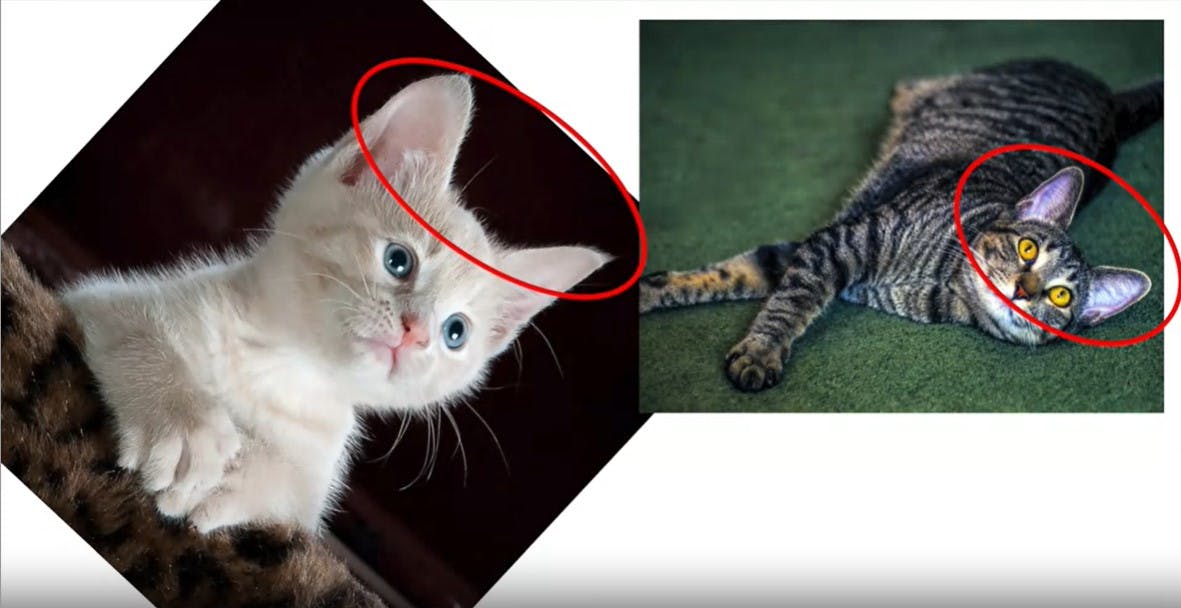Computer Vision and Challenges
Computer Vision is a field of artificial intelligence that focuses on enabling machines to interpret, understand, and analyze visual data from the world around them. This field has become increasingly popular in recent years, with many real-world applications such as self-driving cars, facial recognition, and medical image analysis.
One of the key challenges in Computer Vision is the lack of large-scale annotated datasets for training machine learning models. This can lead to overfitting, where the model performs well on the training data but poorly on new, unseen data. Image augmentation is a powerful technique to address this challenge by generating new images from the existing ones, thus expanding the training set and improving model performance.
What is Image Augmentation?
Let me be honest, Image Augmentation is one of the coolest techniques to avoid overfitting. Image Augmentation is all about creating new images from existing images. Image augmentation involves modifying the input images on-the-fly during training using various transforms such as rotation, scaling, shearing, and flipping. This helps the model learn to be invariant to these changes and generalize better to new, unseen data.

Implementation
In practice, image augmentation can be implemented using libraries like Keras, which provides the ImageDataGenerator class. This class allows you to apply various image augmentation techniques with different parameters to the training data. For example, the following code snippet creates an ImageDataGenerator object that performs rotation, shifting, shearing, zooming, and horizontal flipping on the input images.
train_datagen = ImageDataGenerator(
rescale=1./255,
rotation_range=40,
width_shift_range=0.2,
height_shift_range=0.2,
shear_range=0.2,
zoom_range=0.2,
horizontal_flip=True,
fill_mode='nearest')
Things to Consider
It's important to note that the validation set used to evaluate the model's performance should not be augmented in the same way as the training set. This is because the goal of the validation set is to test the model's ability to generalize to new, unseen data, and introducing the same randomness as the training set can lead to over-optimistic results.
Conclusion
In conclusion, image augmentation is a simple but powerful technique for improving the performance of Computer Vision models. By generating new training data from the existing images, we can increase the diversity of the dataset and reduce the risk of overfitting. However, it's important to use caution when applying this technique to avoid introducing bias or misleading results.
Reference
For those interested in learning more about Convolutional Neural Networks (CNNs) and how to implement them in TensorFlow, the Coursera course "Convolutional Neural Networks in TensorFlow" is a great resource. Week 2 of the course covers image augmentation in detail, along with other techniques for improving the performance of CNNs. Here is the link to the course: CNN Course
I would love to connect:
Twitter: https://twitter.com/SumitxThokar
GitHub: https://github.com/SumitxThokar
